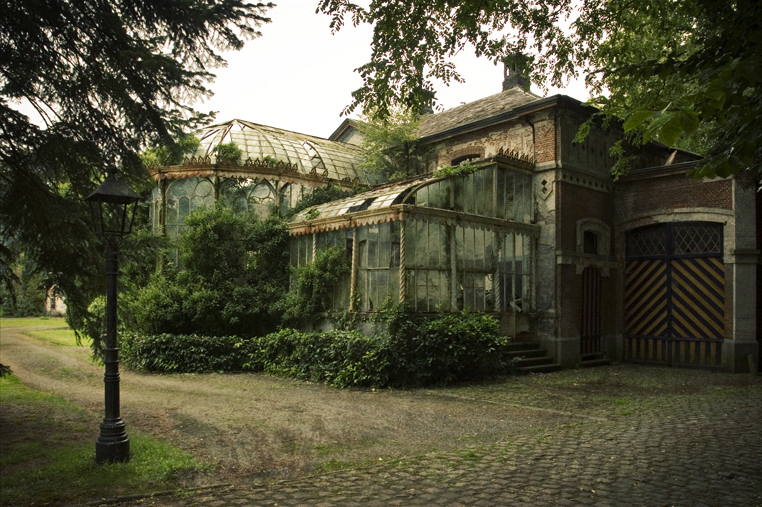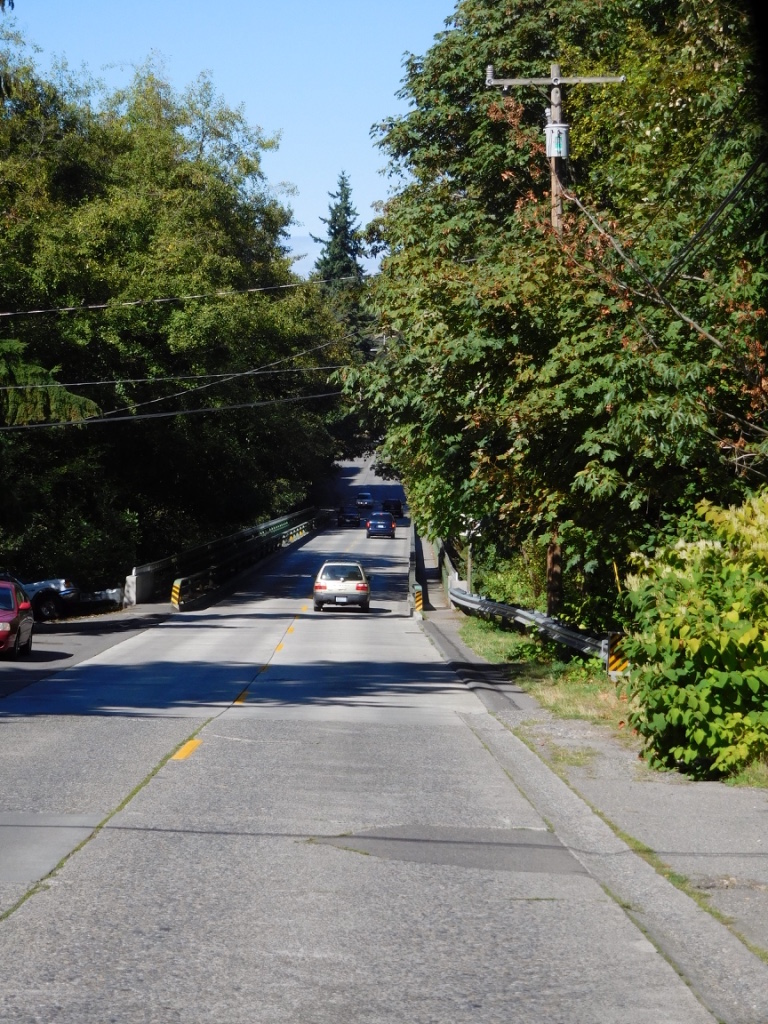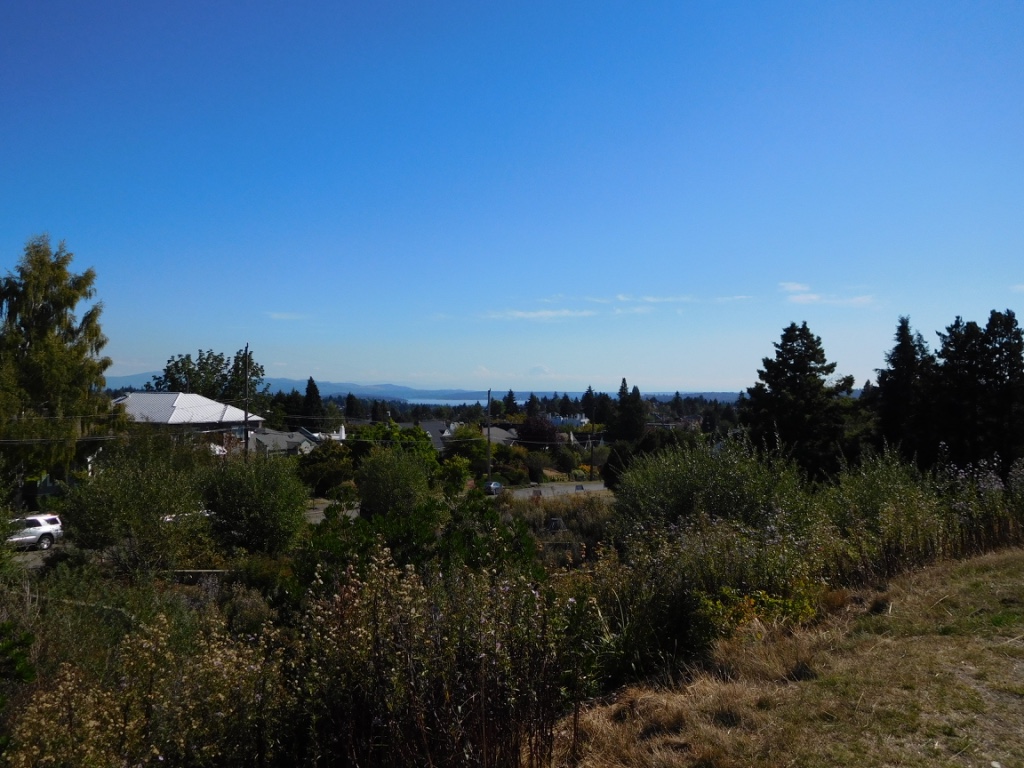When we look at Nature, we take a snapshot of her with our mind. In a single moment, we see a glorious balancing act, both expansion and contraction, building and destruction. We experience her in the eternal present; and because this snapshot is frozen in time, we can easily forget the process that builds up to that moment and likewise recedes from it. Without time, all we see is equilibrium. All the forces disappear. Because of this we extrapolate the present into the future and the past and we think that everything emanates from our present.
Far from an equilibrium, Nature is dynamic. She is a set of trillions of interactions ranging in different levels from the sub-microscopic to the cosmic. Time lapse images and movies reveal the reality of nature interacting through time. A video of clouds show a roiling tempest of atmospheric forces at work. A flower opens and closes before our eyes with the rising and setting of the sun.
In physics we have a simple rule about the nature of equiibria, a rule which was independently established by three physicists: E. Mach, P. Curie, and W. Voigt. They observed that in a state of equilibrium, processes, or materials, tend to assume the most even and regular distributions of which they are capable under the given conditions.
Arnheim. Entropy and Art: An Essay on Disorder and Order, quoting Wolfgang Kohler
This quote implies the tremendous number of forces that interact in positive and negative ways. Equilibrium between order and disorder is always in flux. How can equilibrium be in flux? Because it is in equilibrium at the moment, just like two people pulling a rope, one will have greater strength and pull the other towards him, but the other is always reacting.
Thus orderly shape results from the balancing of the antagonistic forces.
[65, p.110], Stanley W. Angrist and Loren G. Hepler. Order and chaos: Laws of Energy and Entropy. Basic Books, NYC, 1967.
A building is also in a state of flux. We know this by looking at ancient ruins. Even a home built twenty years ago may already have decayed to the point where it must be torn down. This website shows a number of greenhouses abandoned and well on their way to being destroyed by the plants that were placed there.

Athroisis is the happy medium between order and disorder
While I’ve been speaking of Nature as a complex entity with a hidden, fractal structure, we also look at it as a catabolic process that works against our artificial constructs. As such, it has a dynamic tension where, unless we interact to prevent it, nature will win. We also look negatively upon this process if it gets out of hand. But there is a sweet spot, a harmony where just the right balance is struck. We say, ”Yes, this is beautiful. Our gardens gracefully complement our building.” or, ”Those trees outside the window are just perfect for our house.”
The following pictures show this blend of artificial and natural. Strong, geometric lines are balanced with the fractal, irregular and natural plants.

Order and Disorder in a Neighborhood. Note the strong, Euclidean roofs interspersed among the fractal trees, mountains and bushes.

And finally, note the juxtaposition of lines from this university building.

We can take this balance and apply it to architecture. If we apply athroisis and self-similiarity of scale to the building while also maintaining a strong Euclidean regularity the combination will reflect the same result that we get from nature and building. This design will reflect a balance between anabolic and catabolic forces.